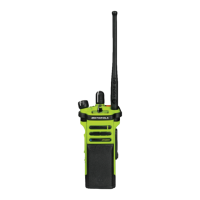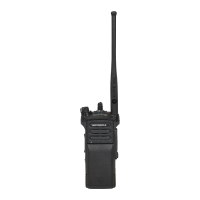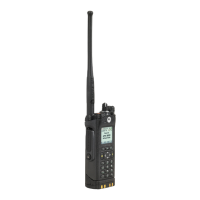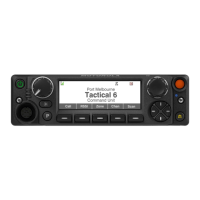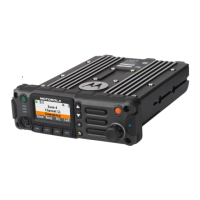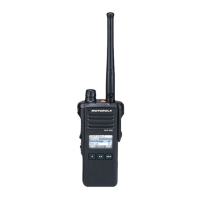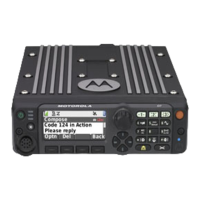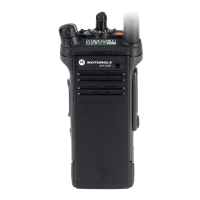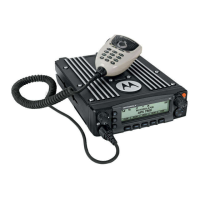Do you have a question about the Motorola APX 8000XE and is the answer not in the manual?
Details the software version supporting the manual's features and where to find more info.
States compliance with FCC and Industry Canada rules for device operation.
Information regarding Motorola's copyrighted computer programs and usage restrictions.
Information on the copyright and distribution restrictions for this document.
Guidance on how to effectively use the user guide for radio operation.
Explains the use of Warning, Caution, and Note notations for safety emphasis.
Introduces key performance enhancements like ASTRO 25 Enhanced Data and DSR.
Details features like CrossTalk Prevention, EID, SecureNet, and Scan Enhancements.
Advice on consulting dealers or administrators for customized radio settings.
Instructions and warnings for charging the radio's battery safely and effectively.
Guidance on attaching the battery, antenna, and accessory connector cover.
Instructions for attaching the belt clip, turning the radio on, and adjusting volume.
Diagram and list of the radio's physical parts and controls.
Explanation of programmable buttons and assignable radio functions.
Details on the PTT button's role in communication and call initiation.
Description of icons on the display screen indicating radio status.
Explanation of the LED indicator's different colors and patterns for status.
Lists audible alert tones and the conditions under which they are heard.
Instructions for selecting radio zones and channels for communication.
How to receive and respond to talkgroup, private, and telephone calls.
Procedures for making talkgroup calls and other radio communication methods.
Using the monitor feature and switching between repeater and direct operation.
Covers advanced calls, dynamic regrouping, scan lists, scan operations, priority, nuisance channels, call alerts.
Covers emergency modes, incident operations, and the Man Down feature.
Includes security, GPS, Bluetooth, Wi-Fi, trunking, software updates, and radio utilities.
Guidelines for cleaning, handling, and servicing the radio.
Information on battery charge status, care, and proper recycling.
Details on emergency and non-commercial channels for maritime use.
FCC requirements for shipboard radio operation and VHF marine channels.
| Type | Portable Two-Way Radio |
|---|---|
| Operating Temperature | -30°C to +60°C |
| IP Rating | IP68 |
| Intrinsically Safe | Yes |
| GPS | Yes |
| Bluetooth | Yes |
| Frequency Bands | VHF, UHF |
| Frequency Range | 136-174 MHz, 380-470 MHz |
| Dimensions | 137 mm |
| Battery Life | up to 28 hours |
| Wi-Fi | Yes |
| Power Output | 1-5 W (VHF), 1-4 W (UHF1, UHF2), 1-3 W (700/800 MHz) |
